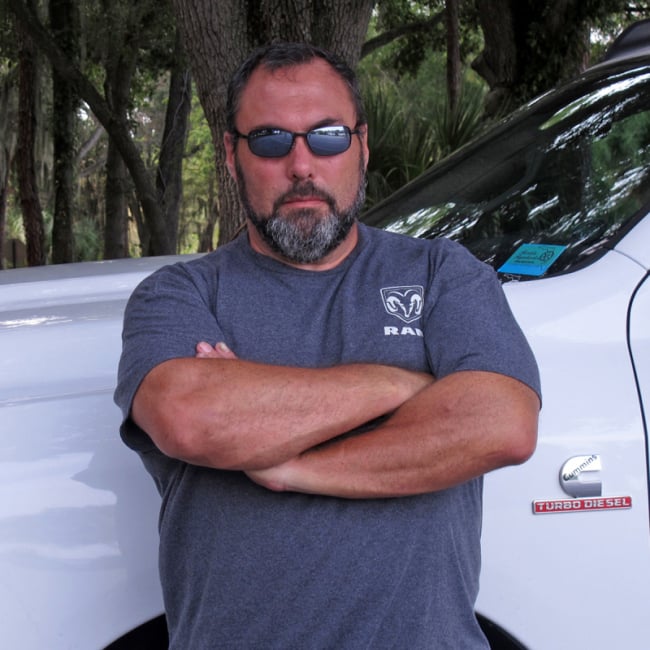Properly building an engine requires the assembler pay special attention to many details. Parts need to be assembled with exacting tolerances in order for the mill to perform flawlessly and reliably. No shortcuts can be taken, and that includes when dealing with minute details like piston ring gaps.
In September 2019, we published an article called, Piston Ring Gap: How Important Is It, And How To Get It Right. In the article, Jeff Smith took an informative dive into the dos and don’ts when installing these cylinder bore sealers. For that reason, I thought we would focus this week’s Throwback Thursday on this great article.

Before you can start, you need the proper tools to square the ring in the bore. You can purchase a ring-squaring tool like this one or make your own by placing a second ring on an old, slightly smaller flat-top piston. The flat top of the piston will square the ring in the bore and the best part is this tool costs nothing.
Not all engines are created equal, and Jeff begins by focusing on why there are differing gap specs for different applications. He reminds us, the engine builder must account for a given amount of heat that will be generated in the cylinder. As heat is applied to a metal – like a piston ring – it will expand. Because the ring is contained in the cylinder, the initial gap found when the engine is assembled, will close as heat is applied. If enough heat is present, the ends of the ring could even touch. As soon as that happens, the ring can no longer accommodate further expansion and begins to tighten in the bore.
With enough expansion, the ring can actually seize the piston. We’ve personally witnessed the upper section of a brand-new hypereutectic piston that snapped off at the oil return slots from a seized top ring, due to insufficient end gap. Even in a mild case where the ring ends barely touch, the result can be a heavily scored cylinder wall and serious piston-ring-land damage due to this excessive load.

An important note when filing rings with a manual ring grinder is to always turn the handle so that the abrasive cuts inward. Usually, this is counter-clockwise. This makes the cut from the outside to the inside on a ring, and minimizes damage to the ring face. Moly facings can sometimes chip if cut from the inside to the outside edge. This is an ancient Childs & Albert tool we still use occasionally.
In the original article, Jeff explains why there are different gap specifications dependent on how the engine will be used, and even gives a few formulas you should know when creating the perfect ring gap.
Finally, jeff even gets into the proper way to file the rings when sizing the gap. In short, while you might be tempted to grab a hand file and hack away, Jeff explains why that is not a good idea.
There is a lot more in-depth information in the original article, and that is why I selected, Piston Ring Gap: How Important Is It, And How To Get It Right as this week’s Throwback Thursday showcase article.

















